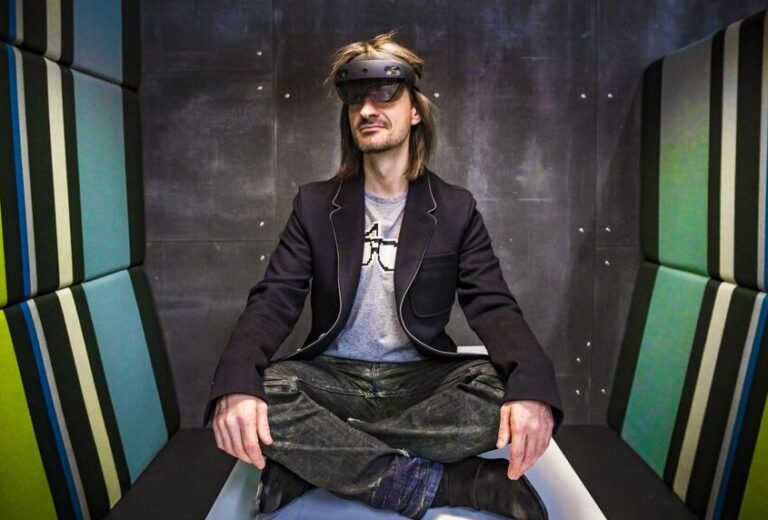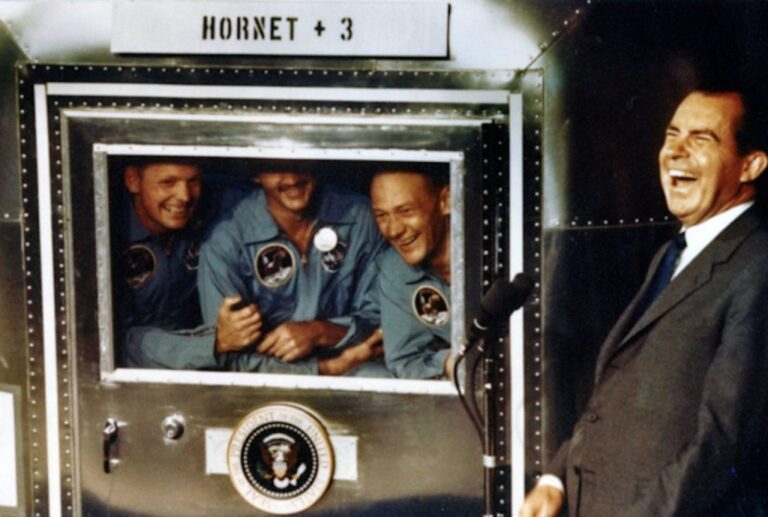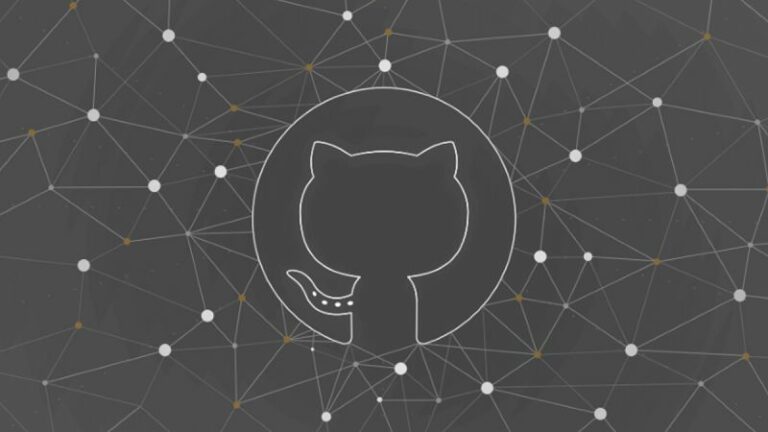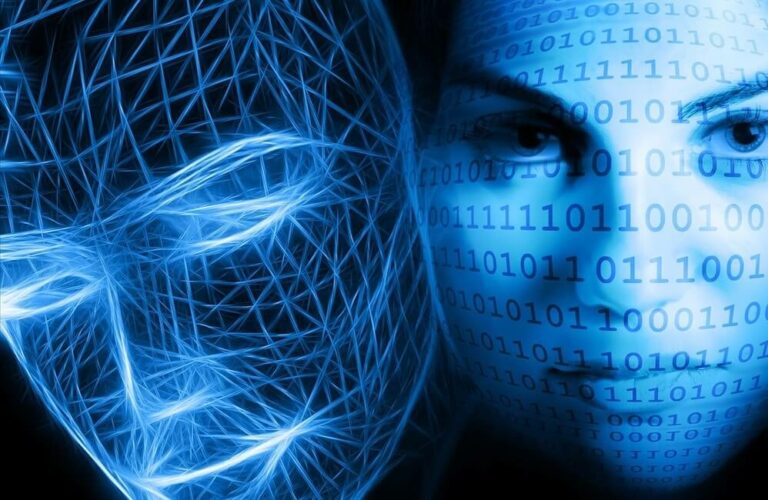Deepfake Could Lead to Unsolved Global Disinformation Wars
Artificial intelligence product synthetic media and its most destructive type, deepfake, is now a more useful weapon for online political operations of the digital age. Moreover, deepfake cyber-attacks can be easily anonymised, making victims of dirty disinformation wars unsolved deep in history.









